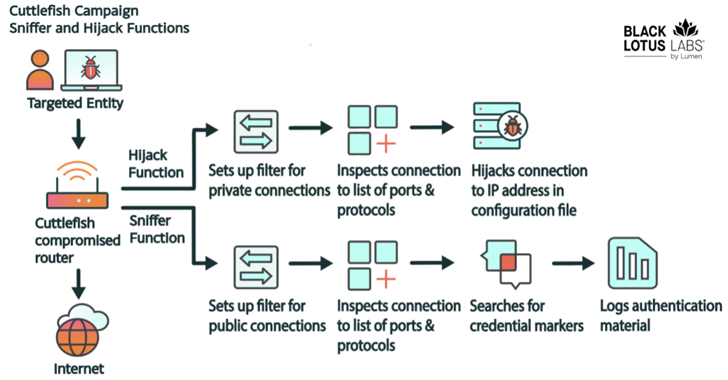CeidPageLock RootKit evolves again with more improved features, this times it has been distributed by the RIG Exploit kit. The latest version contains functionalities such as monitoring user browsing activities, replace websites with fake pages and ability to redirect victims to fake pages.
The CeidPageLock is a browser hijacker which manipulates the victim’s browser and turns their homepage site appears to be 2345.com – a Chinese web directory.

Researchers from checkpoint observed the malware is particularly targeting Chinese victims, in particular, it uses various hijacking tricks to gather user data such as websites user’s visiting and the time spent on the site.

CeidPageLock Malware Dropper
The dropper was signed with an expired Thawte Code Signing certificate and its main function is to extract the driver that reside’s with it. Once the driver executed it send’s the infected system details to the C&C server.
Threat actors made the driver stealthy to evade endpoint’s and its main function is to connect with the C&C hard-coded domains to download the encrypted homepage configuration that used to tamper the browser.
The hijacked homepage is 111[.]l2345[.]cn and it pretends to be 2345.com and it gathers victims stats on each and every search query and makes a profit by redirecting the victims to search engines that share ad revenue.
The rootkit uses AfdFastIoDeviceControl method to check every outgoing HTTP message to see if it matches to certain strings if it matches the rootkit adds the process to a redirected processes list.

The rootkit uses to check for every to find it is associated with recv() method. If it presents it modifies the webpage contents of the fake page that hosted in 111[.]l2345[.]cn.
when compared to the first version the new version adds VMProtect which adds protection against reversing and cracking which makes the unpacking and analysis difficult.
According to 360 safe security analysis, the CEIDPageLock blocks browser files from accessing anti-virus files and the new version add’s a number of files to it.
“CEIDPageLock might seem merely bothersome and hardly dangerous, the ability to execute code on an infected device while operating from the kernel, coupled with the persistence of the malware, makes it a potentially perfect backdoor.” researchers said.
IOCs: www[.]tj999[.]top 42.51.223.86 118.193.211.11 MD5: C7A5241567B504F2DF18D085A4DDE559 – packed dropper F7CAF6B189466895D0508EEB8FC25948 – houzi.sys 1A179E3A93BF3B59738CBE7BB25F72AB – unpacked dropper
Also Read
Multiple Malware Campaigns Distributing Remcos RAT Via Malicious Excel and Word Documents









